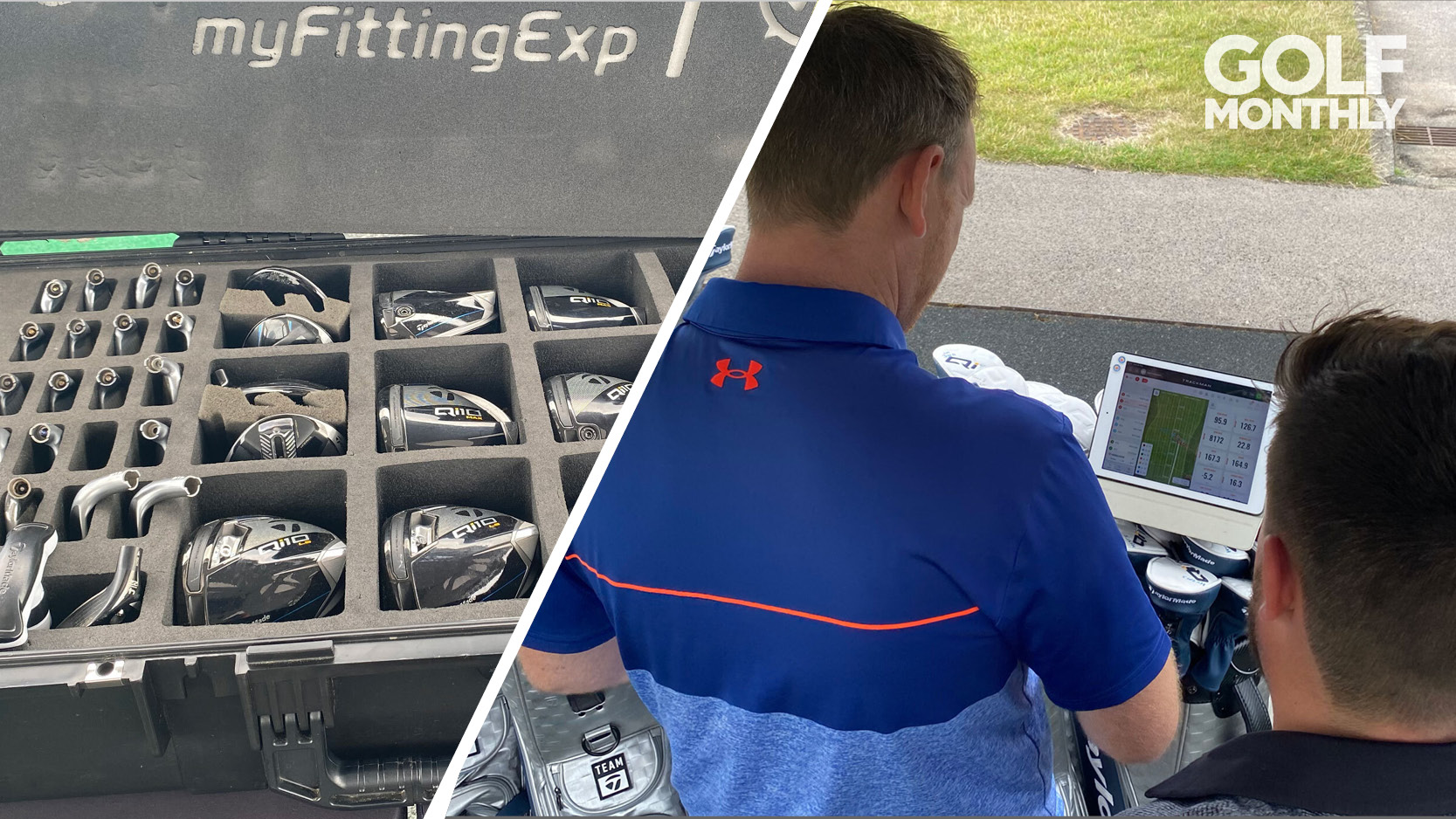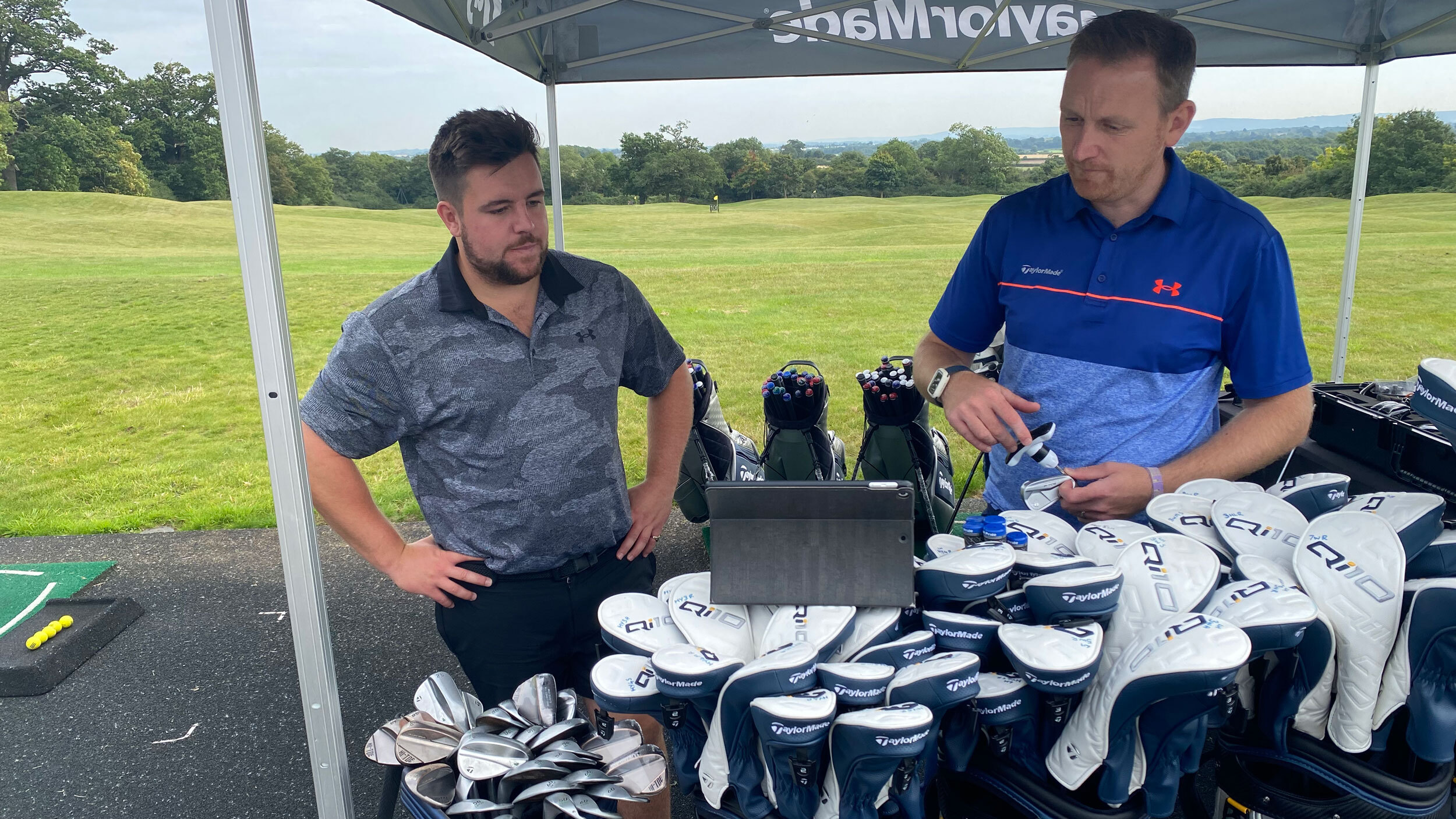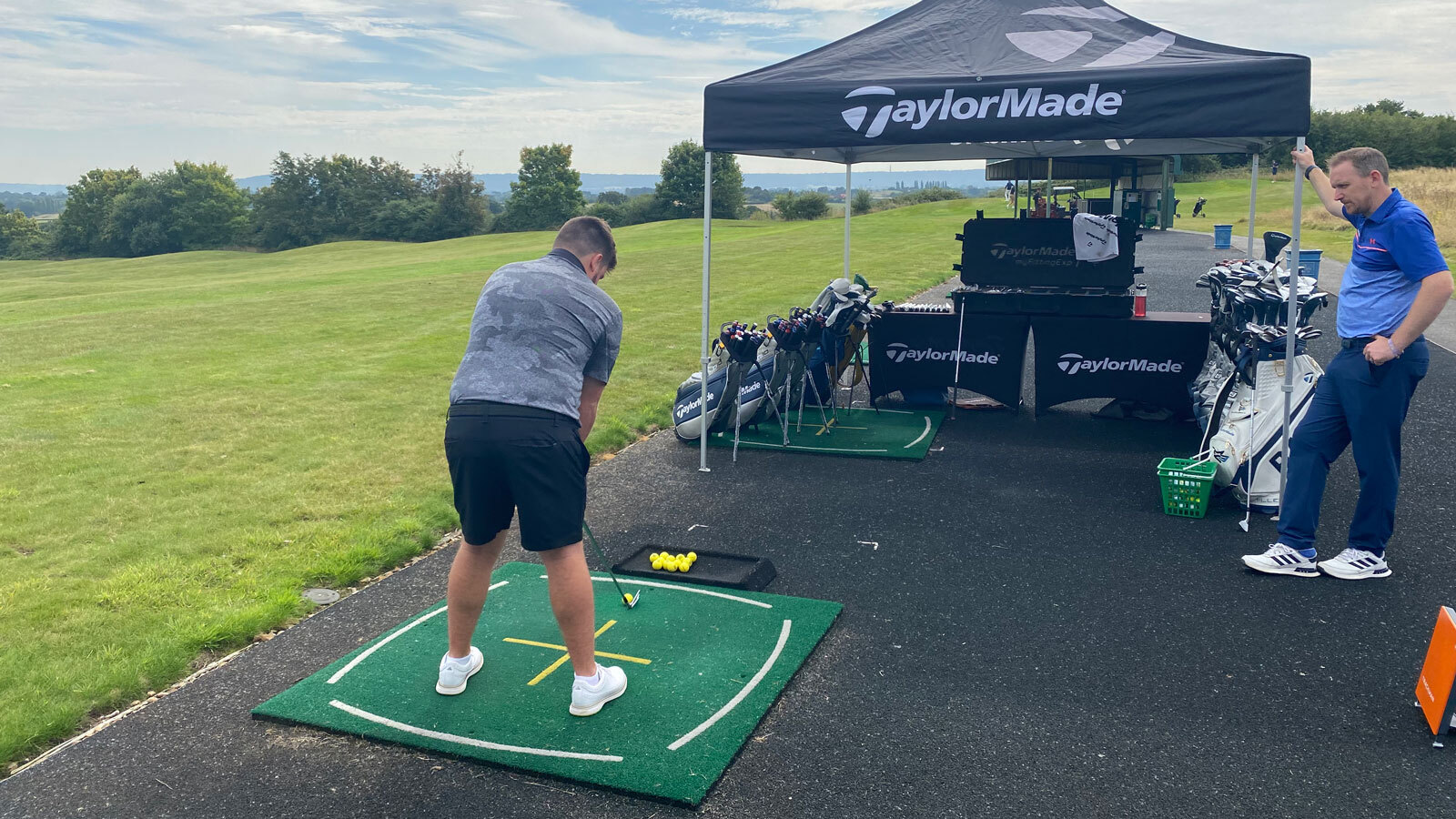Do These 5 Things To Get The Most Out Of A Golf Club Fitting
A golf club fitting can be a daunting prospect but, if you do these five things, then you'll be sure to reap the benefits with your new clubs


When investing in new golf clubs the only way to spend your money in complete confidence, which then hopefully translates into better shots on the course, is to go through a custom fitting. This brief session with a qualified professional typically allows you to try new clubs against what you currently use while also ensuring the clubs you decide on are built to your exact specifications.
Regardless of whether it's indoors or outdoors, the ability to try before you buy is crucial... but there are some things you can do to ensure you get the absolute most out of the experience.

However, what aspects should you be considering when you do book and turn up to your appointment with a fitter? Well, I recently spent the day with TaylorMade's Experiential Technician, Stuart Gauld, getting fitted for the new TaylorMade P7CB irons at The Oxfordshire Golf Club and he explained the five things every golfer should do during a golf club custom fitting.
1. BRING YOUR OWN CLUBS
This may sound obvious but, according to Gauld, it's the most important thing a golfer can bring to a fitting. Many of you are probably thinking 'of course it is, what else would I bring?!' The reason bringing your own clubs with you is so crucial is to help familiarise yourself with the environment that the fitting is taking place in.
"Factors like 'what’s the golf ball, what’s the wind direction, what’s the temperature, does the mat change the spin? These play a crucial part in determining the outcome of the fitting and what clubs you may end up with, so the most important thing initially is to have your golf clubs with you," explains Gauld.
"Your golf club gives us a benchmark of data. For example, when someone says they hit the golf ball high, how high is high? The first thing we always need to know is your club and, as long as we have your club, then we can start to get some comparable data to work off."
2. KNOW YOUR SPECS
Everyone swings the club differently and, consequently, the golf club set up is going to be different, especially after a fitting. For example, your iron could be a degree upright or an inch shorter than standard which, in the swing, makes a huge difference to performance.
Subscribe to the Golf Monthly newsletter to stay up to date with all the latest tour news, equipment news, reviews, head-to-heads and buyer’s guides from our team of experienced experts.
Therefore, when attending a fitting, it's imperative that you have a rough idea what your specs are. "A good aspect to know about the club is what the loft is. Where’s our starting point?" Gauld explains.

"Lofts on golf clubs change from head to head. It’s always good to have an idea of whether your lofts are weaker or stronger. If you have an understanding of your specs then I would be asking questions about what you are hitting. How is it advantageous to you, what’s the positive and what’s the negative? If the clubs are stronger then do we change the set make-up? For example, instead of a 4-iron to pitching wedge, do we go from a 5-iron to gap wedge?
"It’s having an understanding of what the lofts are and how it will affect the fitting. If you are going for stronger lofts then do you need lighter shafts that give you more flight? Spin is always something to be aware of as you’re balancing spin and descent angle. Modern clubs tend to spin a ball less and, depending on the swing speed, will determine what is a good number for the descent angle.
"Ideally, you’re looking at 4500 to 5000rpm, as a great number but how good is that number on your current clubs? If you spin your 7-iron at 4000 revs and we get you to 5000 revs then we’re in a great space, but it depends where your starting point is to what is good spin."
3. SWING YOUR SWING
Again, this sounds like an obvious one, but it's amazing how many people try that five percent harder when they pick up new clubs. Obviously, when someone is watching your game, you want to try and impress them, but don't sacrifice your normal swing by going at the ball harder.
"One really good tip is to swing at the speed you would swing at on the golf course," Gauld explains. "You would be surprised by how often people swing quicker or slower because they react to the situation. So, you really want to swing how you would on the golf course because then the new clubs will be better suited to how you normally move."
4. DON'T WORRY ABOUT BAD SHOTS
We all want to know how clubs perform and learn all the details about them. However, not everyone is a Tour player and not everyone hits the ball out of the sweet spot every time. So you don't want to just know how clubs perform on great strikes, but also bad ones, as the amount of forgiveness on offer can play a huge part in your golf.

"Being a fitter, I’m as interested in the bad shots as I am the good ones, so don’t think you have to turn up and be perfect as we want to see a bit of everything," explains Gauld. "If you have the lefts or the rights, we can react to that and understand what your tendencies are, but we just want to see you on the day."
5. ASK QUESTIONS
The final, and arguably most important, point is don't be afraid to ask questions. A fitting can be a complicated process and it can be difficult to work out what is going on with the club you have been given to try.
"If the fitter is changing shafts or changing lie angles and lengths, don’t be afraid to ask why they are doing that," suggests Gauld. "What would we expect from the changes in respect of the shape and flight. Maybe don’t ask before you’ve hit it but, once you’ve hit it, ask why the fitter has done that as there will be a reason.
"Try and get a feel for what they are thinking and don’t be afraid to offer your opinion. You’re the golfer, you’re the one who is using the product, so don’t be afraid to dislike the feel of something. Feedback is the biggest aspect we need.
"Data is great, getting the numbers from Trackman is excellent, but ultimately what’s your feeling? The looks and feel are crucial, so it’s important we get that correct along with the performance."

Matt joined Golf Monthly in February 2021 covering weekend news, before also transitioning to equipment and testing. After freelancing for Golf Monthly and The PGA for 18 months, he was offered a full-time position at the company in October 2022 and continues to cover news and social media.
Taking up the game when he was just seven years of age, Matt made it into his county squad just a year later and continues to play the game at a high standard, with a handicap of around 2-4. To date, his best round is a six-under-par 66 having been seven-under through nine.
Matt’s current What’s In The Bag?
Driver: Honma TW747, 8.75°
Fairway Wood: Ping G430 LST 15°, 19°
Irons: TaylorMade P7CB
Wedges: Cleveland 588 RTX 2.0 Tour Satin, 50°, 56°, 60°
Putter: Cleveland TFI 2135 Satin Cero
Ball: Titleist Pro V1